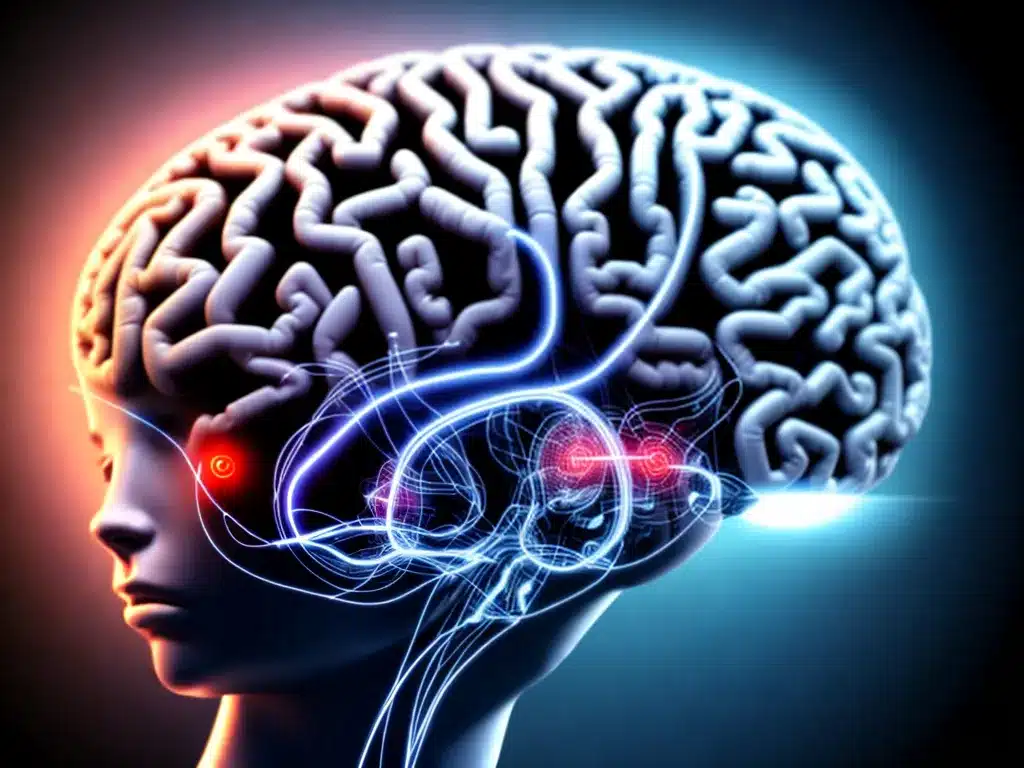
Brain-computer interfaces (BCIs) are an emerging technology that allow direct communication between the brain and an external device. BCIs have the potential to transform many aspects of human life by augmenting human abilities and restoring function to people with disabilities. Here is what you need to know about the rise of BCIs:
What are Brain-Computer Interfaces?
A brain-computer interface is a direct communication pathway between the brain and an external device. BCIs record electrical signals from the brain and translate them into control signals for computers, robotic limbs, or other devices. This allows the brain to directly control the device without needing physical movement.
BCIs can be invasive or non-invasive. Invasive BCIs implant electrodes directly into the gray matter of the brain during neurosurgery. These have better signal quality but carry risks from surgery. Non-invasive BCIs use sensors placed on the scalp to record signals. These are safe and simple to use but have lower signal quality.
How Do BCIs Work?
BCIs work by translating brain signals into computer commands. Here are the basic steps:
- Brain activity generates electric signals like EEG waves.
- Sensors on the scalp or implanted in the brain record these signals.
- A computer uses signal processing algorithms to translate the signals into device commands.
- Commands are sent to output devices like a computer cursor, prosthetic limb, or speech synthesizer.
By interpreting a person’s brain activity, BCIs can detect their intentions and allow them to control devices directly with their thoughts.
Current and Future BCI Applications
BCIs have many exciting applications in medicine, gaming, communication, and more. Here are some current uses and future directions:
-
Medical – Allow paralyzed patients to control prosthetics or spell out words. Restore limb function after stroke or spinal cord injury. Treat neurological conditions like epilepsy.
-
Gaming and VR – Control video game characters with your mind. Manipulate virtual objects in augmented/virtual reality.
-
Communication – Enable typing or speech synthesis for paralyzed patients. Operate wheelchairs and other assistive devices.
-
Smart Home Control – Hands-free control of appliances and environment.
-
Performance Enhancement – Merge human and artificial intelligence. Augment focus, memory, and creativity.
-
Mind-to-Mind Communication – Send signals directly between two brains.
The applications will expand as BCIs become faster, more accurate, and more widely available.
The Future of BCIs
BCIs are still in early stages but rapid progress is being made. Here are some exciting directions for the future of BCIs:
-
Improved invasive BCIs with thousands of electrodes for faster, more natural control.
-
Advanced non-invasive BCIs that use techniques like fMRI to increase accuracy.
-
Bidirectional BCIs that both read brain signals and stimulate the brain. This can restore sensory feedback and treat neurological conditions.
-
Hybrid BCIs that combine brain signals with other physiological signals like eye movements.
-
Integration of BCI with artificial intelligence to improve speed, accuracy, and the range of possible applications.
-
Development of wireless and wearable devices to make BCIs accessible and convenient.
-
New applications in entertainment, education, art, and human augmentation.
The future of BCIs promises exciting new ways for our minds to interact with technology, opening up new creative possibilities and improving lives. But it also raises important ethical questions around privacy, security, and human enhancement that society needs to carefully consider as the technology develops.












